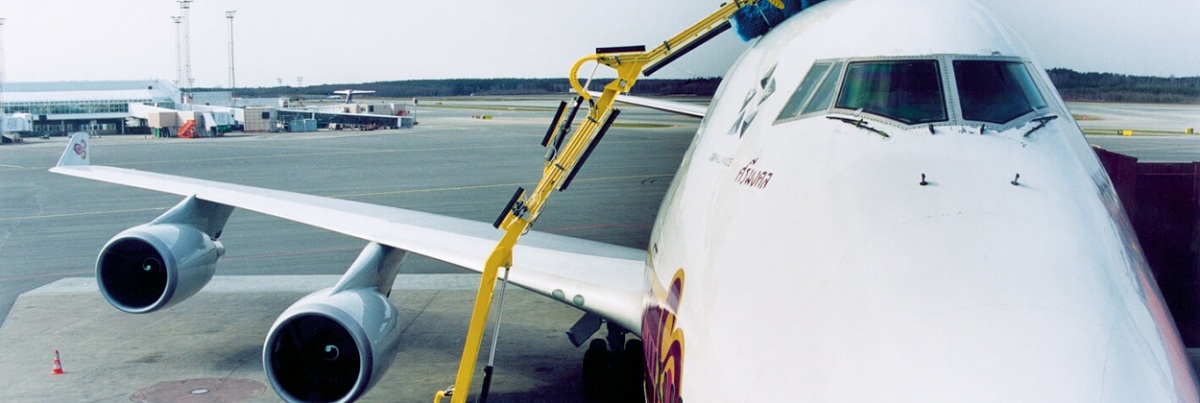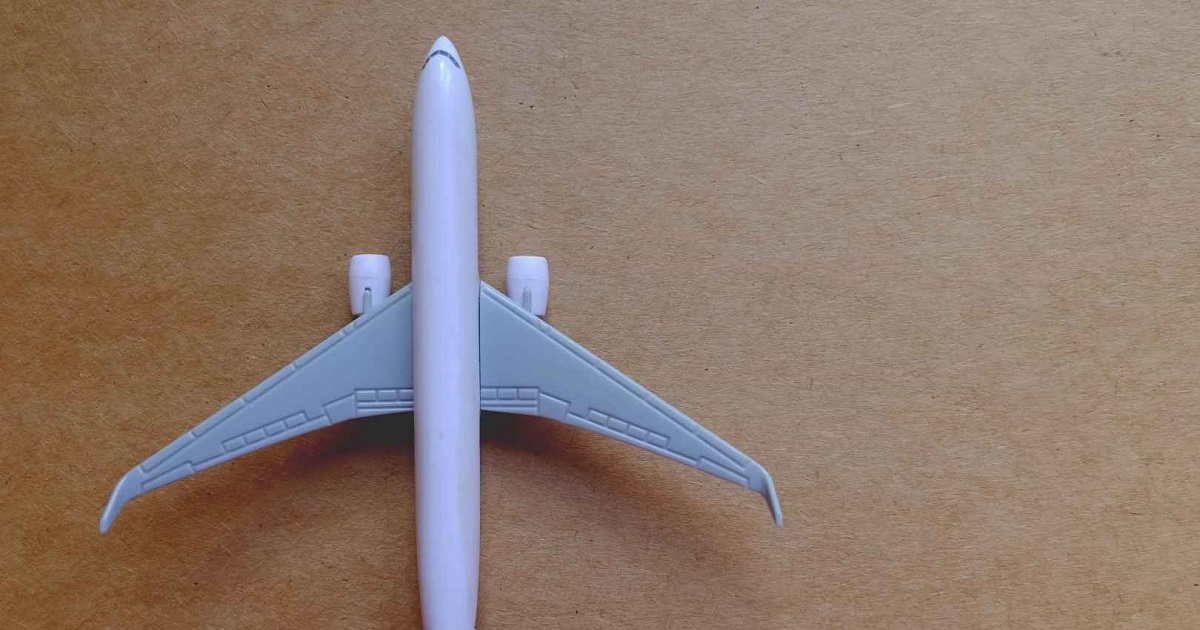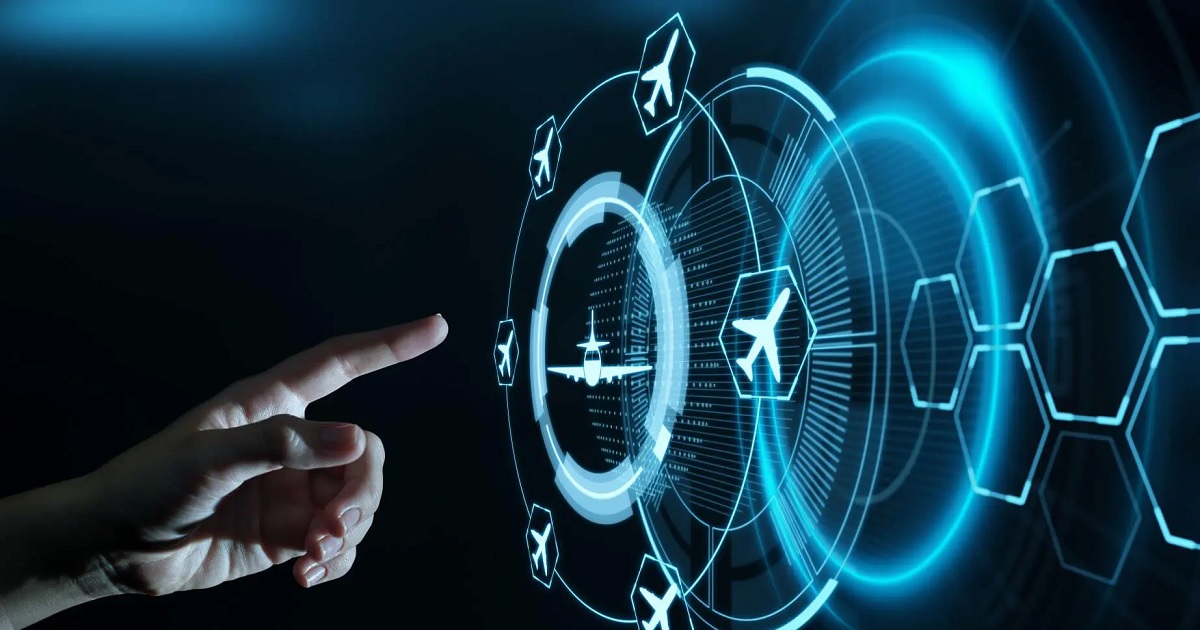
Aviation Technology
Article | June 2, 2022
Flying is changing, and so is the future of piloting. With technological advancements across the aviation industry, one can only anticipate what’s in store for the future of piloting. The battle between automation and learning skills that automation can easily take over is coming to a head. As airplane engineering matures, the aviation industry isn’t far from seeing a day when pilots who have undergone training on electric trainers require a license endorsement to fly a piston-powered aircraft.
Goodbye, Manual Flying
Airplanes are becoming downright easier to fly. Consider how most pilots today would never be able to fly the aircraft that their seniors trained in. According to experts, piloting skills will put more emphasis on the efficient use of airspace systems instead of directing and maneuvering the aircraft.
Decoding Airplane Information
Traditionally, a pilot’s primary task was to gather and decode the information he received through the aircraft’s systems. This information was then used to give the pilot an “air picture” which allowed him to get a sense of the air traffic, airspace, and weather. As aircraft technology improves, pilots will no longer need to know how to do this. Instead, the "air picture" will be shown on a screen in front of them.
Final Word
From augmented reality to 3D spatial audio cues, augmentation is happening to aircraft as well as the pilot’s ability to fly them. The evolution of aviation technology will only help transform the mechanics of airplanes, and pilots will no longer need to handle flight control. As augmented reality takes over, future cockpits might not even need to be at the front of the aircraft or have windows. That would be the true test of the future of piloting.
Read More

Defense and Space
Article | June 8, 2022
Each year airlines begin new sustainability initiatives, experiment with biofuels, and offset their carbon emissions on selected flights; yet, sustainability should not only be a topic of discussion when an aircraft is in the air but also when it’s on the ground.
In just one year, a Boeing 777, 787, Airbus A330, and A350, burn an extra 265,000 litres of fuel due to the 1% increase in drag. As a result, a full year’s operations of such an aircraft costs US$77,600 more than during the previous year. A dirty aircraft exterior is full of microscopic patches of dust and mud that impact the airliner’s operational efficiency by creating turbulent airflow across the whole fuselage. While the problem of additional drag is not new, there are no solutions to combat it other than performing regular cleaning of the aircraft’s exterior.
Reducing drag – through cleaning – on aircraft fuselage, wings, engine cowlings, and stabilizer brings another challenge; how to remain sustainable while performing the exterior cleaning process? A popular, yet wasteful pressurized water cleaning technique requires more than 11,300 litres of water to clean one Airbus A380 aircraft and more than 9,500 litres to clean a Boeing 777. Traditionally, aircraft are cleaned four to five times per year, and with more than 48 thousand airframes in the world, the amount of water used each year is immense. As a result, the positives of clean fuselages are outweighed by the negatives of wasteful usage of expensive and environmentally important resources.
This raises a question: whether it is possible to be eco-friendly in the aviation industry when one solution brings even more challenges than benefits? While the answer may look complicated, the definite answer is yes. The use of robots in household applications has proven that robotification is an inevitable and much-needed process to achieve even more efficient operational performance.
One of the solutions to address the inefficient and time-consuming process of washing an aircraft fuselage is to employ an aircraft exterior cleaning robot. The market offerings like Nordic Dino, have been perfected and adapted to work with a wide range of aircraft fuselage types. Such robots are designed to minimize the use of water and detergent on every wash; saving more than 30% more water when compared to traditional washing methods. At the same time, built with sustainability in mind, the robots can be equipped with electric motors, further minimizing the environmental impact.
“Sustainability and eco-friendliness should not be viewed as challenges or impossible achievements in the aviation industry. By utilizing the right equipment, finding alternatives to polluting methods, and increasing efficiency at every step possible, companies could come one step closer to operational efficiency as well as sustainability targets. Our offering, Nordic Dino can reduce the use of water and detergent and can be powered by electricity, reducing carbon and nitrogen dioxide emissions. By the robotification of the cleaning process we present a solution to MROs and dedicated aircraft cleaning companies to become green.” – commented Jan Brunstedt, CEO of Aviator Robotics AB.
Read More

Aviation Technology
Article | July 26, 2022
Although airlines only contribute to 2% of global emissions today, research indicates that this number could rise if air travel continues to grow. As such, airlines need to adapt and find new ways to become more sustainable. Successful implementation of eco-conscious strategies will see carriers achieve higher profits and maintain the trust of customers.
SimpliFlying has a long history of helping airlines craft the future of travel and we believe that addressing climate change is essential to rebuilding trust in the aviation industry.
Read More

Business Aviation
Article | October 27, 2021
The COVID-19 effect has been tendered on business aviation than commercial aviation. However, it is the operations that reported a surge in demand for business aviation. The demand has been witnessed from new businesses and and those who revamped their operations amid travel restrictions.
In 2020, the airline industry experienced a heavy loss of worth USD252 billion, reports IATA. The industry players were at risk, which included accounting with direct economic destruction. Prompted by other risks factors such as restrictions on movements, especially travel limitations due to COVID-19, there is a serious need for the industry to access its operations competently.
So here are two crucial questions that took the heat. First, how is the industry going to manage economic uncertainties, travel restrictions, and market instability? And second, how may these affect aviation business conclusions in the coming years?
Such considerations may include some crucial aspects. They are changes in valuation methods, revision of future investments with existing liabilities, re-assessment of forecasted fuel consumption, revision of manufacturing, marketing, and others.
This blog is aimed at capturing the impact of COVID-19. And how business aviation can proceed to bridge gaps across multiple travel restrictions, both during and after the COVID-19 crisis. To delve into detail, let's go further.
The Level of Airline Business Drop and Recovery
Globally, the aviation businesses were severely harmed by 80% in 2020. The industry players found it extremely complex to navigate the commitments. Also, their work with collaborations is slated for the same year.
Customers seemed uninterested in discussing new business acquisitions due to COVID travel restrictions on business. However, some operators preyed on lower prices and increased demand for aviation services and products. These were mainly in the manufacturing and marketing fields. The reason is some corporate clients easily adapted to the emergence of digital platforms. They switched to zoom calls to replace personal contacts and connections.
Michael Walsh, CEO of Aer Mobi, says,
“OEMs have now announced a major drop in production capacity. Potential buyers could be from booming sectors financial services and online sales as they may seek to purchase high-profit products. These will be only a few brilliant spots for new aircraft purchases for OEMs.”
On the same note, Shaun Quigley, Managing Director, Volantair Air Charter, says
“In the time of crisis, the ability is to “pull one’s head in." This is what will happen at least until the final quarter of 2021.”
Business aviation in 2021 will hover around 25% to 30% globally, says Jose Rego, Senior Director – Market Intelligence and Strategy, Embraer Executive Jets. The rebound will be sluggish until 2025.
While the travel businesses' situation in the pandemic is not up to mark, its believed that digital transformation is viable to conduct airline operations. Such transformation will drive sales eventually following the rise of trending technologies simultaneously.
Aviation Business by 2030
A major transformation is promised by an array of powerful new technologies and corporate clients’ pressure. The industry plays that turn this trend to their advantage have the opportunity to redefine, restructure, reform, and reshape their business amid air travel restrictions.
So how will the key players of the aviation sector take their businesses forward by 2025 and beyond? Here is the outline of vital forces that the sector will see transforming.
Robotics Maintenance
Currently, airline operations maintenance accounts for approximately 20% of the operating costs. However, as the pandemic happened, market players and novel inventions are placing big hopes on the intelligent automation of maintenance.
For example, Airbus uses two seven-axis robots on the new fourth A320 line in Hamburg to conduct 80% of their business operations, thus improving functional aspects for employees.
Intelligent automation is fueled by terabytes of data. The data could be stored and used by businesses to manage operations easily. The addition of robotics and AI in aviation has increased the digitalization shift landscape for established players. From automatic scanning, data mining to improved diagnostics, robotics has a significant role in the future of aviation operations and maintenance.
Use of Alternative Sources of Energy
The shifting of environmental sentiments has made the aviation industry include greenhouse gases, electrofuels, hydrogen, and even batteries. The industry has set a target of cutting down high energy emitter fuels by half by 2030.
Companies like Airbus have impressive plans to develop hydrogen planes in the next 15 years. Even for eleven years, SkyNRG has been known for supplying "advanced waste" biofuels to airlines. These fuels are recycled from industrial waste, cooking oil, agricultural and forestry residues.
New technologies from engineering and manufacturing of aerodynamic are going to play a significant role in upcoming airline trends like specialized and improved designs and the use of carbon-efficient biofuels and electric
In this case, the International Council on Clean Transportation (ICCT) research found out that around 5.5% of aviation fuel could come from sustainable origins by 2030. Basically, it would be primarily from advanced waste biofuels.
Aviation Business: Witnessing Some Hope
There is an anticipation that the established aviation businesses will pick up their pace by 2022 amid COVID 19 restrictions.
Interestingly, there has been a pick up in air travel (essential air travel) in a specific part of the world. However, in some Asian countries, travel activity is estimated to be less than 40%. But the travel demand is expected to be higher in the years ahead.
Aviation business operators expect expanded business with new criteria of sales—digital. They might witness growth due to new prospect acquisitions that have adopted the digital workforce. The businesses expect green shoots of growth in the travel industry. Especially from business travel classes as these are seeking to experience fly again.
Business aviation traffic in 2021 highlighted the growing interest from buyers. On this, Jose Rego, Senior Director – Market Intelligence and Strategy, Embraer Executive Jets elaborates,
“There may be a peripheral surge in demand from first-time buyers; I expect this to affect fractional sales initially.”
Therefore, now IATA estimates that governments globally will provide $160 billion in support, loans, and tax breaks so that airline businesses can cover current costs.
Safety is Priority, so is Business
The aviation industry acclaims that business aviation might be on track sooner. In this context, the presence of a qualified team and fast-track applications, software, and platforms could help operators to function in a safe and well-maintained way.
As the aviation industry continues to plan new air travel rules (essential), aviation business is at an optimum point. Its crucial role in supplies, sales, business development, and essential air travel services has redefined the face of business. Thus, in this way aviation business has paved the way to make a strong comeback in the coming years.
Frequently Asked Questions
What can future measures due to the pandemic suggest for the aviation industry?
Airline businesses must have a robust plan which establishes the core of business aviation. The future is for market leaders. How they will manage roles and responsibilities responding to the crisis. Finally, national authorities will have a crucial role in stimulating demand and fostering the rapid recovery of the airport business. Restoring consumer confidence will be an essential part of this effort.
What is the COVID-19 advice for the aviation industry?
The global market leaders are actively managing the impact of COVID-19 to ensure aviation safety and to support the industry’s return to normal safety assurance activities. They have put efforts on surveillance approach on every business operation to increase accuracy by introducing technologies.
{
"@context": "https://schema.org",
"@type": "FAQPage",
"mainEntity": [{
"@type": "Question",
"name": "What can future measures due to the pandemic suggest for the aviation industry?",
"acceptedAnswer": {
"@type": "Answer",
"text": "Airline businesses must have a robust plan which establishes the core of business aviation. The future is for market leaders. How they will manage roles and responsibilities responding to the crisis. Finally, national authorities will have a crucial role in stimulating demand and fostering the rapid recovery of the airport business. Restoring consumer confidence will be an essential part of this effort."
}
},{
"@type": "Question",
"name": "What is the COVID-19 advice for the aviation industry?",
"acceptedAnswer": {
"@type": "Answer",
"text": "The global market leaders are actively managing the impact of COVID-19 to ensure aviation safety and to support the industry’s return to normal safety assurance activities. They have put efforts on surveillance approach on every business operation to increase accuracy by introducing technologies."
}
}]
}
Read More